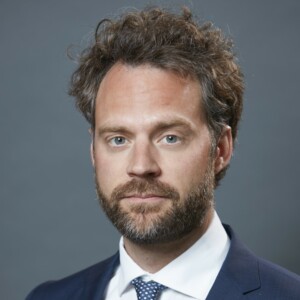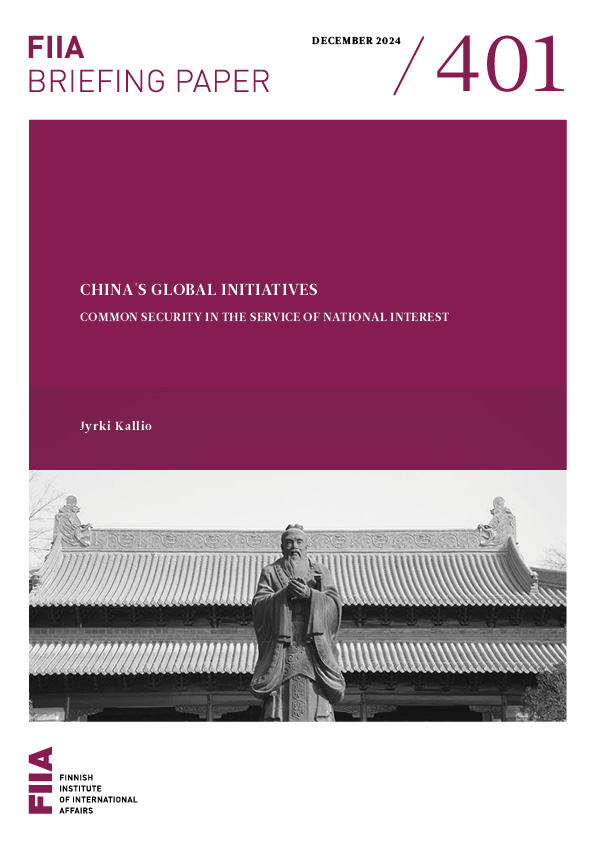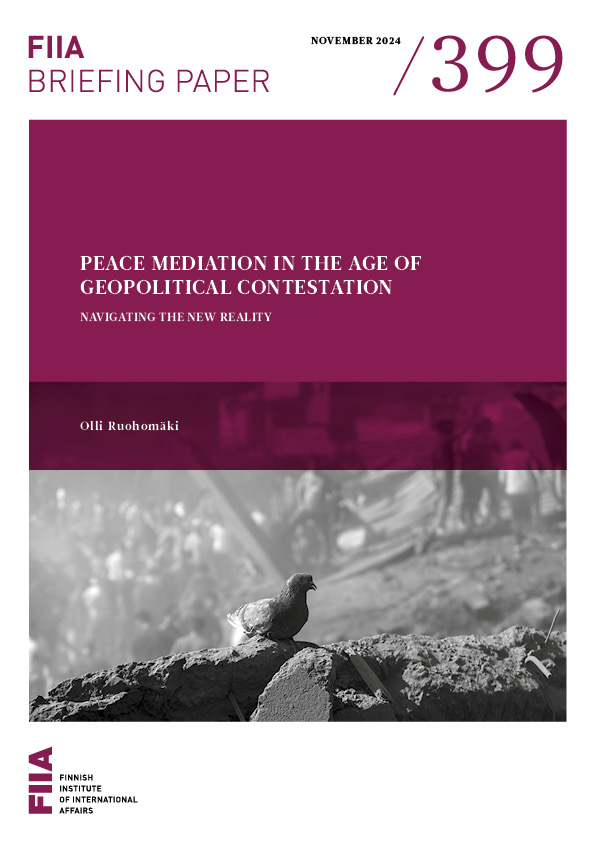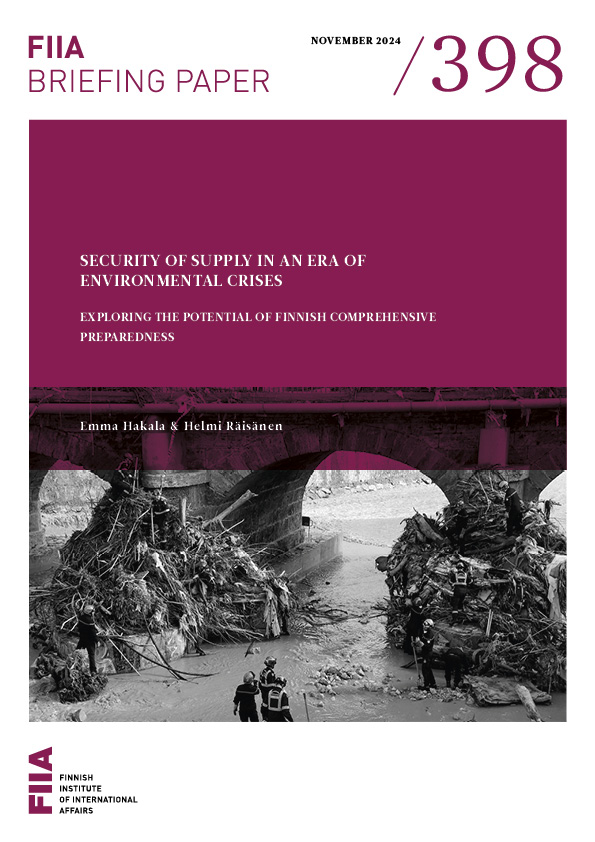The global “war on drugs” has reached a turning point. The EU should seize the opportunity to promote an alternative approach to global drug control. Harm reduction policies need to be extended, while not expecting legalization to solve everything.
The past few years have seen a shift in the debate on global drug policy. The UN Single Convention on Narcotic Drugs, which obligates states to prohibit the production, supply and consumption of narcotic drugs, is being called into question.
It began with the demand by former presidents Fernando Henrique Cardoso of Brazil, Ernesto Zedillo of Mexico and César Gaviria of Colombia for a review of current policies. They were soon joined by leading figures from around the world, including former UN secretary-general Kofi Annan, former NATO chief and EU foreign policy representative Javier Solana, and former US secretary of state George Schultz, who formed the Global Commission on Drug Policy and issued a report in June 2011 calling for “the transformation of the global drugs prohibition regime”.
At the 6th Summit of the Americas held in April 2012, the Latin American leaders announced that they had reached a consensus about the necessity to examine alternative approaches. That made US president Barack Obama at least acknowledge that “it is entirely legitimate to have a conversation about whether the laws in place are doing more harm than good in certain places”. Colombia, Guatemala and Mexico then took their proposals to the UN last September, after which the UN Office on Drugs and Crime (UNODC) announced that it was prepared to facilitate the requested debate.
What the reformist voices are recommending is an alternative approach to combating drugs, one that puts an end to criminalization and the repressive measures directed at producers, petty dealers and consumers of illegal drugs. The changes sought approximate the existing “European model” based on “harm reduction” that centres around prevention, treating addiction as a public health problem rather than a law enforcement problem, and partial decriminalization of drug use.
The US-driven approach based on the eradication of crops, criminalization of consumption and the use of military force to crack down on drug traffickers is widely seen to have failed. Many Latin American countries have already started shifting to more European-style harm reduction policies. The US itself is moving in this direction. That also goes for its counter-narcotics policies towards Latin America, in which the US, following Europe’s example, has begun promoting alternative development rather than forced eradication. Circumstances have thus never been more favourable for the EU to promote a more European approach to global drug policy.
Yet, new innovative policies are also needed. The current “harm reduction” logic need not only involve the “demand side” (prevention and treatment), but can also be extended to “supply side” (enforcement) policies. Law enforcement operations could be concentrated on the most violent dealers. This would create an incentive for the rest to refrain from violence, forcing the market into a more orderly mode.
As for combating trafficking, policing is usually focused on preventing drug inflows. But for the traffickers themselves, this is only half of the logistical operation. The cash still needs to be collected from the dealers, bundled and then moved in the opposite direction and laundered. Pursuing this cash flow more vigorously offers an additonal way to combat these trafficking networks.
Legalization is now being offered as the most effective solution to the problem of drug-related crime, violence and corruption. Proponents argue that it is the only way to reduce the illicit profits that drive organized crime and that it will free up government resources. Some combination of partial legalization and/or decriminalization will probably form part of the post-war approach to drug control. In the US, the states of Colorado and Washington have already voted to legalize marijuana commerce for recreational use. In Uruguay, new legislation will put the state in control of the cannabis business.
However, it needs to be acknowledged that legalizing marijuana will not really deprive organized criminal groups of resources. Marijuana smuggling only forms a small part of their total revenue. Legalization may even provide an incentive to move deeper into the trafficking of still-illegal harder drugs. Even the wholesale legalization of all drugs would not do away with the problem, but may be expected to intensify the violent power struggles amongst criminal groups over the remaining illegal economies.
In any case, a grey market in drugs would probably emerge as states would start taxing the proceeds. Grey markets exist alongside many legal economies, ranging from tobacco sales to cars and arms where organized criminals see opportunities to undercut “legitimate” supply chains by illegal methods that enable them to snatch the market. Considerable state resources would still have to be devoted to regulating this legal economy.
Decriminalizing consumption provides the benefit of not having to devote resources to incarcerating users and ending up with jails full of young, low-level drug offenders. It will also pave the way for an approach where drug use can be treated as a public health problem and thus reduce the damage done.
But it would be dangerous to expect either decriminalization or legalization to significantly reduce organized crime. Thus it will still be necessary to design effective law enforcement policies coupled with efforts to prevent corruption and foster alternative development paths for marginalized groups involved in the narco-industry.
The work on new international drug control standards was launched in mid-March by the Commission on Narcotic Drugs, the main policy-making body within the UN system. It is now incumbent on major actors such as the EU to maintain the impetus for reform with a view to the upcoming high-level review of the implementation of the Political Declaration and Plan of Action in 2014 and the Special Session of the UN General Assembly on the drug problem in 2016. These reviews will form the backbone of the international approach to drug control for years to come.








